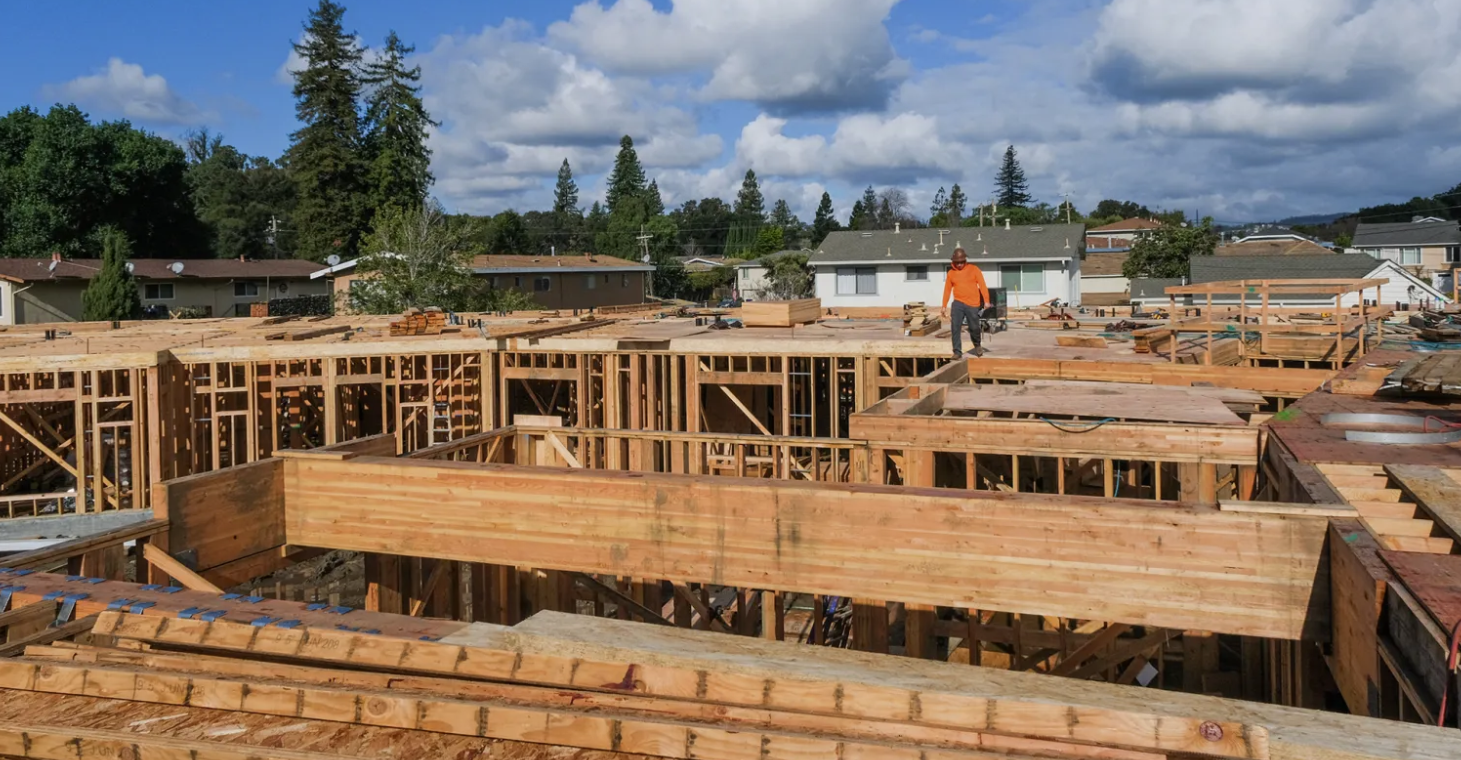San Diego Real Estate and Affordable Housing: What New Federal Funding Means
California is preparing for what experts are calling a historic wave of federal support for affordable housing construction. Thanks to changes buried in President Donald Trump’s sweeping spending plan, known as the One Big Beautiful Bill, the Low-Income Housing Tax Credit program is getting its largest expansion in decades. Advocates say this shift could potentially double the number of affordable housing units built across California over the next ten years—and San Diego stands to benefit.
Why Affordable Housing Tax Credits Matter
Instead of directly funding public housing construction like in the past, the federal government now routes most affordable housing support through tax credits. These credits are awarded to developers who, in turn, sell them to large investors such as banks and insurance companies. The investors get tax breaks, while developers secure the funding needed to build affordable rental housing.
If you’ve seen affordable apartment projects in San Diego, chances are they were made possible by this tax credit program.
There are two main types of credits:
9% Credits – Highly competitive and capped by the federal government, these allow developers to deduct about 9% of project costs each year for 10 years. The new law boosts these allocations by 12% annually.
4% Credits – These aren’t capped, but projects must typically be financed with tax-exempt bonds. Previously, at least 50% of a project had to be covered by bonds; the new law lowers that requirement to 25%.
By reducing barriers to access, California—and specifically high-demand regions like San Diego—can now push more projects forward.
The Potential Impact on San Diego Housing
The accounting firm Novogradac estimates these changes could help fund 1.22 million additional affordable rental units nationwide over the next decade. That translates to roughly 20,000 extra units each year in California, though state housing experts caution the true number may be closer to 10,000 annually, given rising construction costs and limited state funding.
In San Diego, where housing affordability remains one of the region’s biggest challenges, this could mean thousands of new affordable rental homes over the next several years. Local developers already have projects waiting in line for bond financing, and new federal rules will free up more resources to get those projects started sooner.
Challenges Ahead
While this policy is a major win for affordable housing, obstacles remain. Tariffs, labor shortages, and higher interest rates could raise construction costs, limiting the number of projects that move forward. California’s high cost of development means that tax credits alone aren’t enough—additional state and local funding is critical. Unfortunately, many of those resources have already been depleted.
Adding to the complexity, the same spending package that expanded housing tax credits also made deep cuts to Medicaid, clean energy programs, and other safety net services. Critics argue these cuts could worsen poverty, undermining the benefits of new housing investment.
What This Means for San Diego Real Estate
For San Diego real estate, this funding represents both opportunity and challenge:
For buyers and renters: Expanded tax credits could increase the supply of affordable housing, easing some pressure in the market.
For developers: The streamlined requirements create new pathways to finance projects that might otherwise stall.
For the community: San Diego may see measurable growth in affordable rental units, but local leaders will still need to secure additional funding sources to meet long-term housing needs.
Final Thoughts
The expansion of the Low-Income Housing Tax Credit is one of the most significant federal moves on housing in decades. For San Diego, where affordability remains a defining issue, this change has the potential to bring thousands of new affordable units online over the coming years. While challenges remain, this policy shift could be a pivotal step toward addressing the region’s housing crisis.
If you’re following the San Diego real estate market—whether as a buyer, seller, investor, or renter—understanding these shifts is crucial. More housing supply may help ease affordability pressures, but market conditions will continue to evolve.
👉 Thinking about buying or selling in San Diego? Reach out to The Svelling Group for trusted, local expertise.



